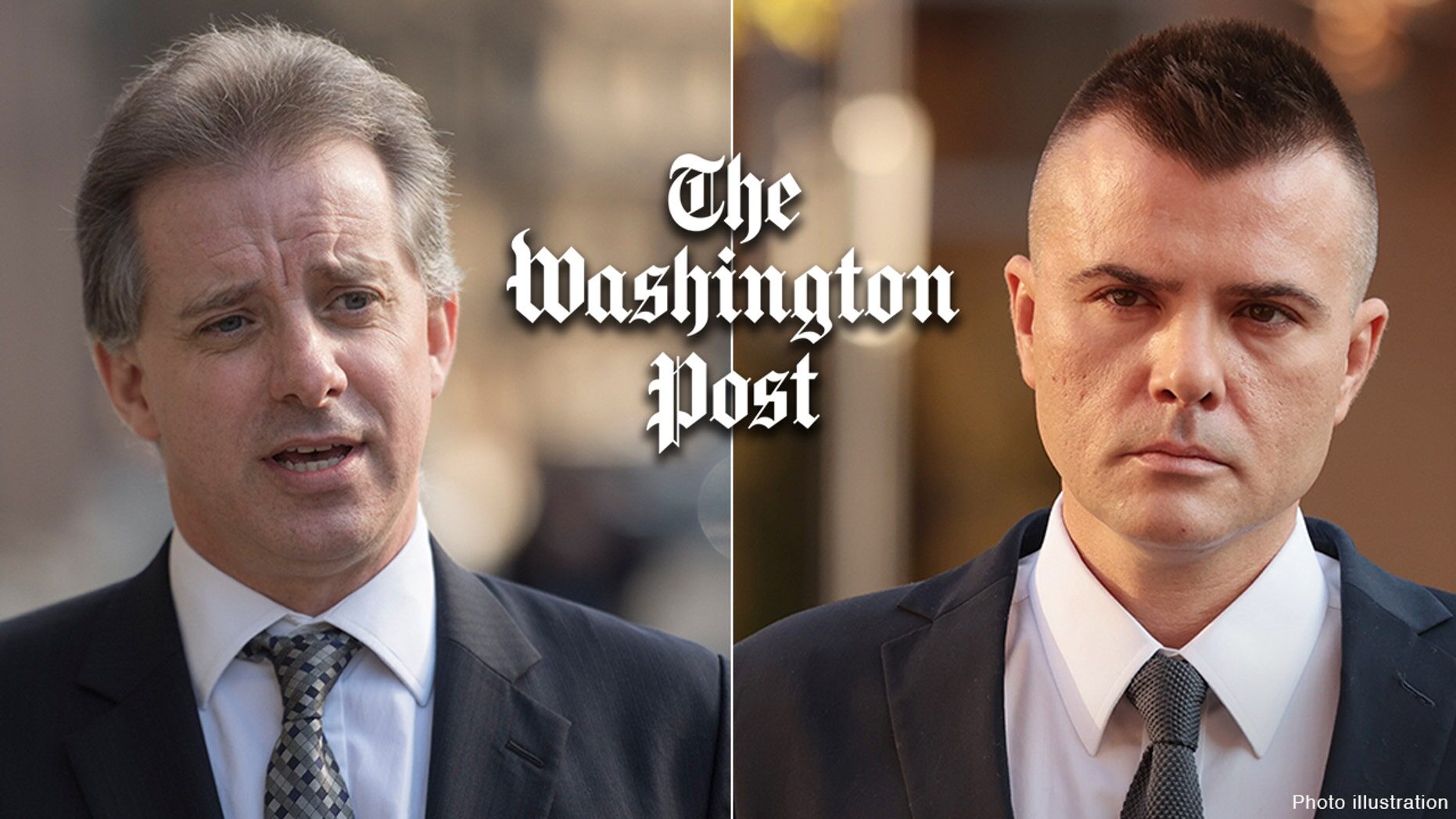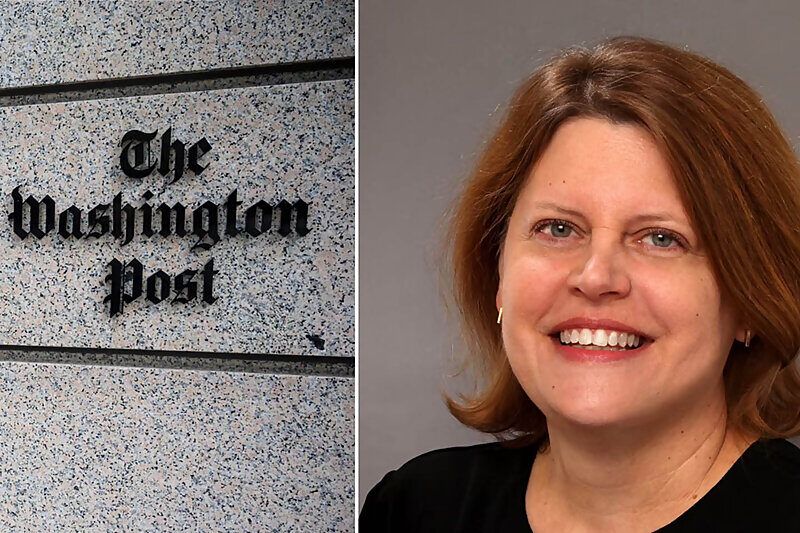
The two stories, published in March 2017 and February 2019, were changed when the newspaper's executive editor, Sally Buzbee, said she could no longer stand by their accuracy. The post added editor's notes, amended headlines, removed sections identifying Sergei Millian as the source and deleted an accompanying video summarizing the articles.
The changes came after Special Counsel John Durham's investigation into the Trump-Russia probe further discredited the already-shaky dossier when Russian national Igor Danchenko, who is believed to be a sub-source for the dossier, was indicted.
The Post's media reporter Paul Farhi wrote the indictment suggests "Danchenko may have gotten his information about the hotel encounter not from Millian but from a Democratic Party operative with long-standing ties to Hillary Clinton," noting Clinton ally Charles Dolan Jr. could be the unnamed operative when he penned an article announcing the changes.
The now-corrected reporting also popped up in other Washington Post articles.
A March 29, 2017 article headlined, "Trump's First 100 Days: An investigation," now features a lengthy editor's note that has become quite common among the paper's archives.
"An earlier version of this story published March 29, 2017, referred to previous reporting in The Washington Post that Belarusan-American businessman Sergei Millian had been a source of information for a dossier of unverified allegations against Donald Trump. In November 2021, The Post removed that material from the original 2017 story after the account was contradicted by allegations in a federal indictment and undermined by further reporting. References to the initial report have been removed from this piece," the Post added to the online version of the article.
An analysis headline, "Bridgegate shows how the 'big gray cloud' of scandal doesn't go away," that was published on March 30, 2017 has the same editor's note.
Reports published in October 2017 headlined "Top campaign officials knew of Trump adviser's outreach to Russia" and "For 'low level volunteer,' Papadopoulos sought high profile as Trump adviser," have the editor's note, too.
Four stories published in November 2017 have also been corrected with similar editor's notes, headlined "All the known times the Trump campaign met with Russians," "Senate Judiciary panel: Kushner had contacts about WikiLeaks, Russian overtures he did not disclose," "The Finance 202: 'Biggest tax cut in American history' isn't popular with many Americans" and "How EPA chief Scott Pruitt wants to redefine 'environmentalism.'"
Washington Post executive editor Sally Buzbee said she couldn't stand by previous Steele dossier reporting.
Reporting that would need to be corrected didn't stop at the end of the year, as an April 19, 2018 article "What the Comey memos say" has also been fixed and updated with the editor's note.
Articles published in 2019 include, "The State of the Union offered a taste of the Trump presidency that might have been," "Two Muslim-American congresswomen force Democrats to grapple with Israel divide," "Drawing to a close: An illustrated guide to the many, many people in the Russia investigation's orbit" and "What we learned about the 2016 campaign from the redacted Mueller report."
Danchenko pleaded not guilty Wednesday to making false statements about the source of information that he provided to Steele.




Reader Comments
to our Newsletter